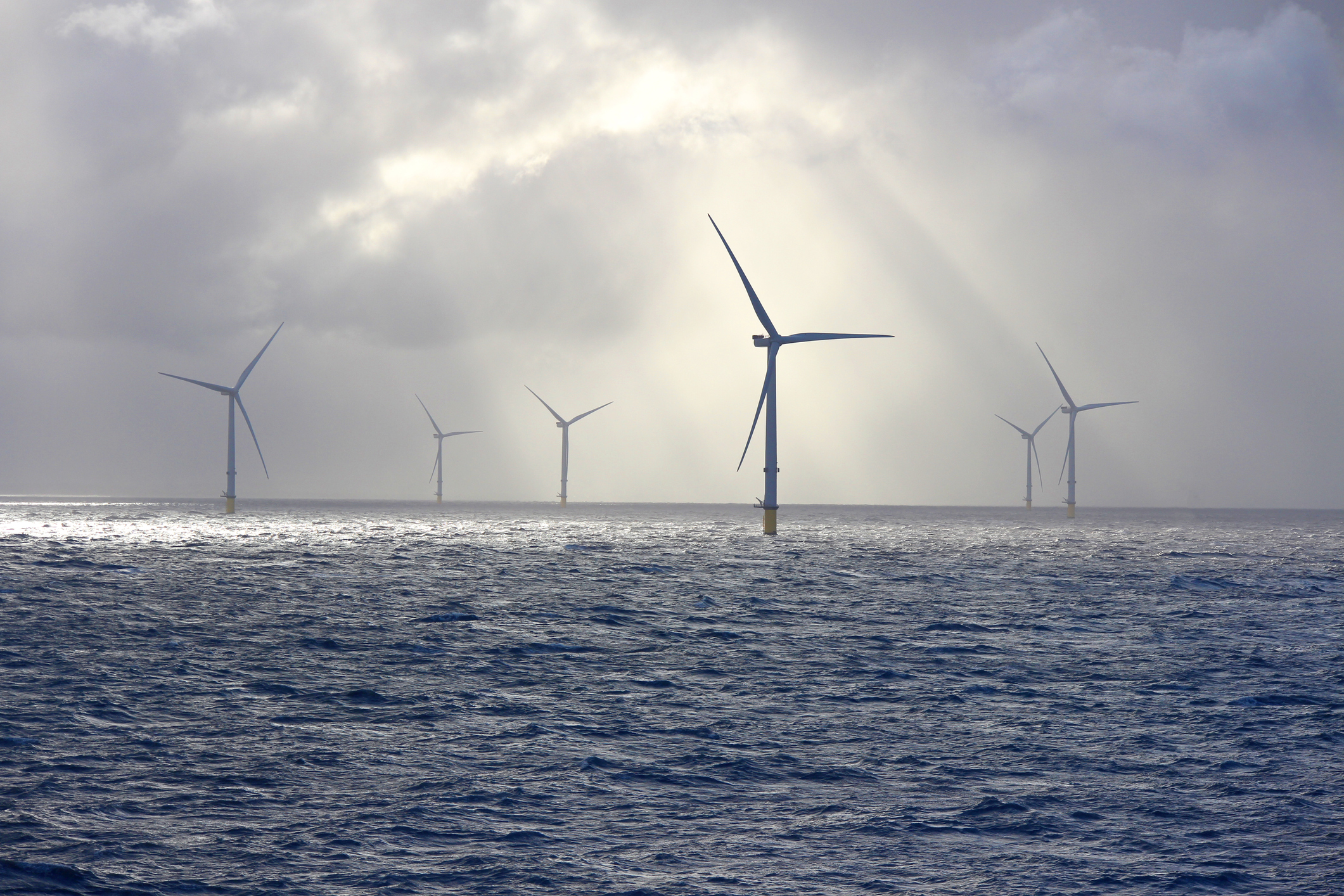On Thursday, the Biden administration announced the latest in its renewable energy efforts, this time focused on a technology that hasn't really arrived yet: floating offshore wind turbines. Compared to turbines directly anchored on the seafloor, floating versions are estimated to cost about 50 percent more, which has made energy development of large areas of the ocean cost-prohibitive. The program announced today will create a "wind shot" that aims to drop the costs by more than 70 percent over the next decade and position the US as a leader in this industry.
Will it float?
While offshore wind is booming in Europe and China (and poised for a belated takeoff in the US), existing hardware is built directly up from the seafloor, which requires sitting in shallow waters. This works out well for the US East Coast, where a broad continental shelf can host massive wind farms, many of which are in the permitting and planning stages. Most of those projects involve a partnership with European companies, as the US's long delay in adopting offshore wind has ceded the industry to the countries that pioneered the field.
Based on a newly released map of the potential for offshore wind in the US, many areas with good potential are too deep to be exploited by wind turbines affixed to the ocean floor. This includes nearly the entire West Coast, Hawaii, and the Great Lakes. Even along the East Coast, floating turbines could greatly expand the areas open to development.
Collectively, the Department of Energy estimates there's potential for more than four terawatts of wind power between fixed and floating turbines. At the typical production levels of offshore wind, that's enough to cover the US's entire annual electricity use in about three months.
The problem is the costs. Fixed offshore wind turbines have only recently become competitive with coal-powered generation in Europe, and they still need to fall a bit before competing with natural gas. Adding the 50 percent expense penalty for floating wind raises the costs above those of nuclear power. The new "wind shot" program is meant to address that and simultaneously build the capacity to install floating turbines while making them cost-competitive with natural gas. If successful, it may position US companies as leaders in floating wind power.


 Loading comments...
Loading comments... 